One of the first things we all learn as musicians is the C major scale. It’s the easiest to learn because it spans only the white keys on your keyboard. But single notes only get you so far when you want to play some songs. You can take the knowledge you have of the C major scale and start playing C major chords.
C Major Chords
The C major chords are the chords that are built using the notes in the C major scale; C – D – E – F – G – A – B – C.
What are the chords in the key of C major?
The chords in the key of C major are:
- C (I)
- Dm (ii)
- Em (iii)
- F (IV)
- G (V)
- Am (vi)
- Bdim (vii°)
*diminished chords (dim, for short) are denoted by the degree symbol (ex: B° = Bdim) The formula for a diminished chord is I – bIII – bV.
What are the notes of the C Major scale?
As we mentioned above, the C major scale is really easy to learn. You start on the C note (directly to the left of the 2 black keys) and count the steps moving to the right, using only the white keys. The major scale formula is:
Whole – Whole – Half – Whole – Whole – Whole – Half
So, C to D is a whole step, D to E, is a whole step, E to F is a half step, F to G is a whole step, G to A is a whole step, A to B is a whole step, and B to the next C is a half step.
You use the notes of the key scale as the building blocks for your chords.
How do I find C Major chords?
To build a chord you have a triad formula. That just means you use 3 notes to build the chord. You can either use I – III – V, for major chords, or I – bIII – V, for minor chords.
So, let’s take the C major scale and map those notes to their numeral.
| I | II | III | IV | V | VI | VII |
| C | D | E | F | G | A | B |
To build chords using the C major scale you will only use these notes. The formula to figure out the chords is I – ii – iii – IV – V – vi – vii°.
So the chords of the key of C will look like:
| I | ii | iii | IV | V | vi | vii° |
| C | Dm | Em | F | G | Am | Bdim |
The reason you have minor chords in a major key is because you can only use the notes within the key to make the chords. For example, a Dm is D – F – A, which is actually the traid formula I – bIII – V. But a D major chord is D – F# – A, or I – III – V. Since F# is not a note in the key of C, it is not available to make the chord.
C Major Chords (Diagrams)
Obviously, the reason you’re here is to learn how to actually play the chords. Here are some diagrams you can use to get you started. We have included the C major chords as well as the 7th chord modification.
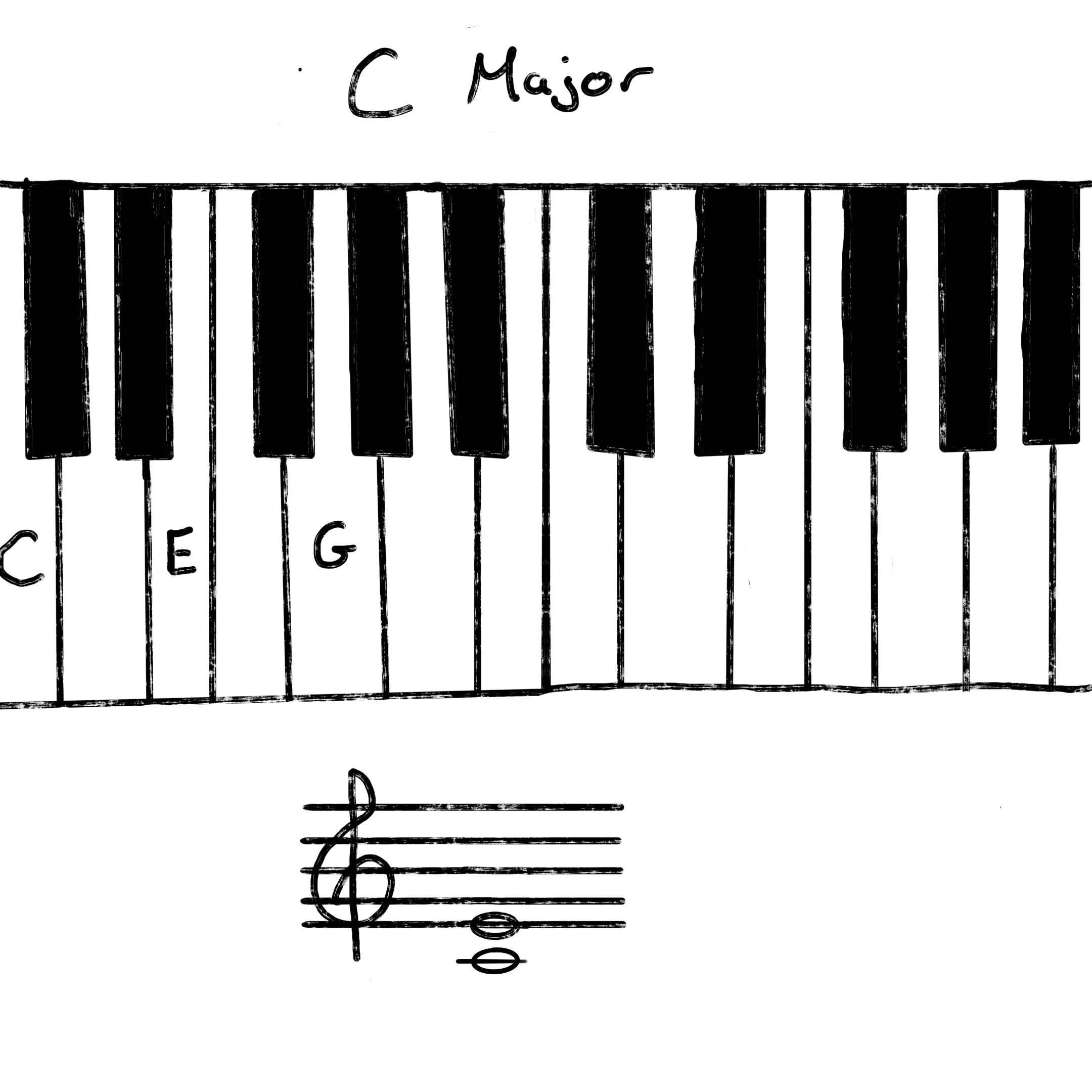
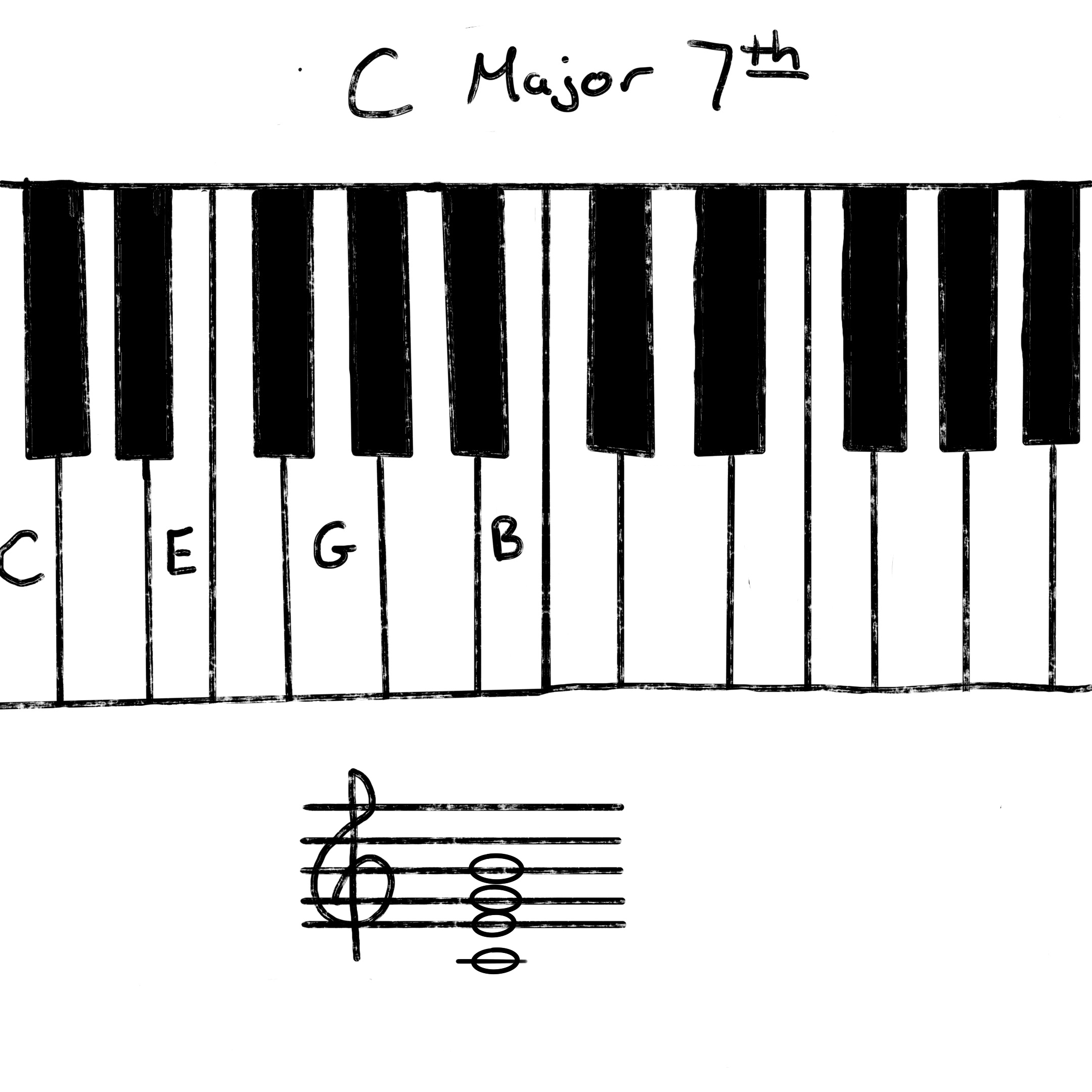

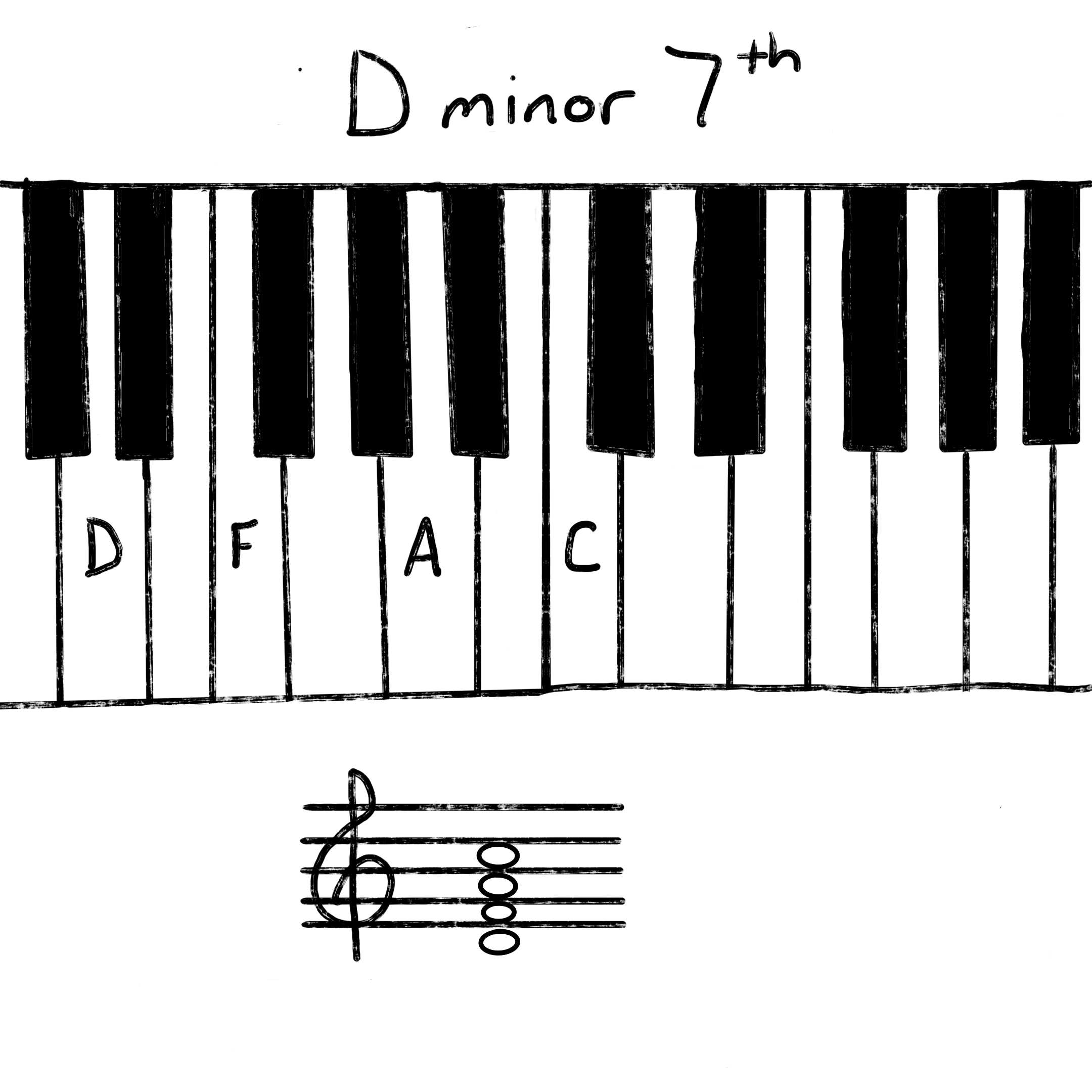
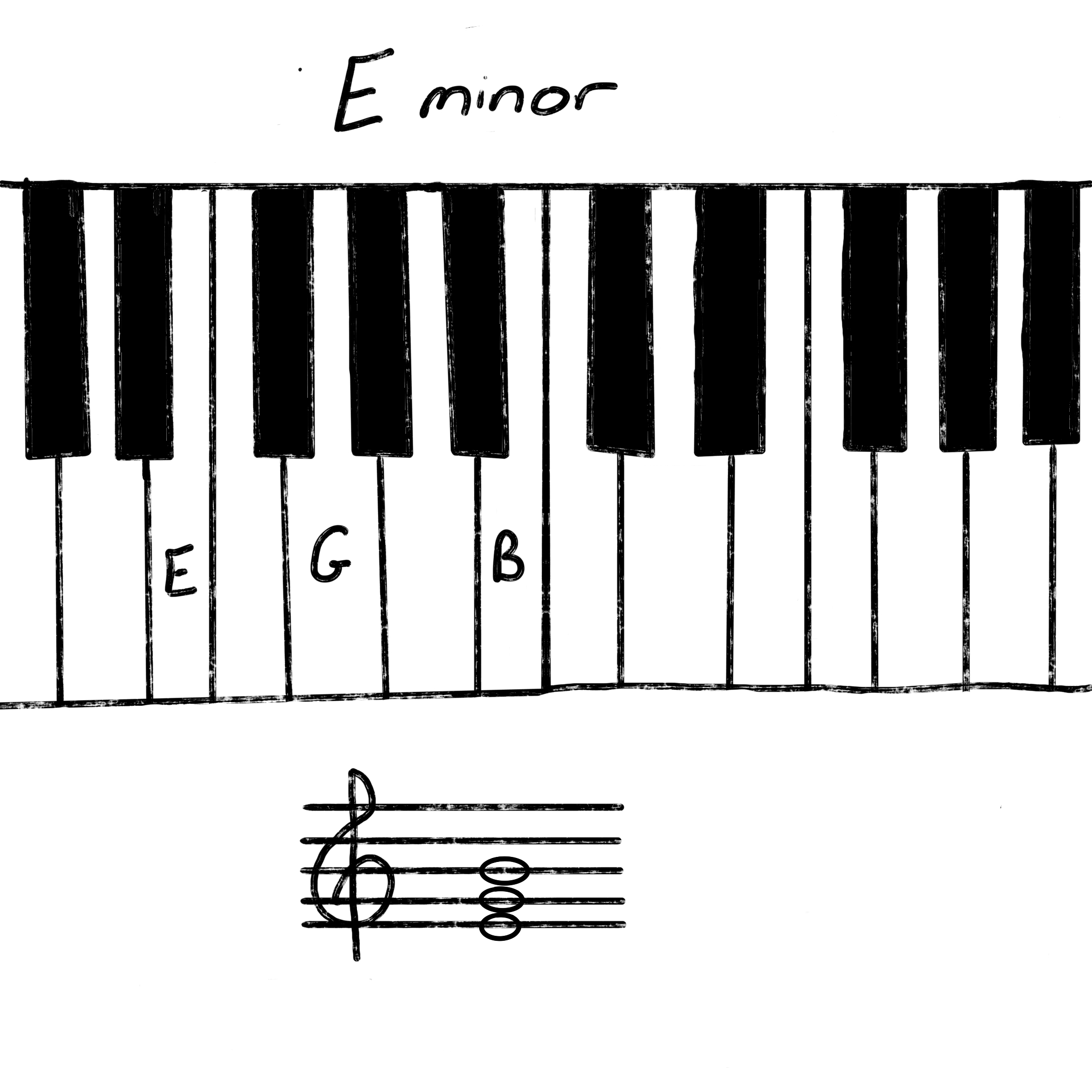
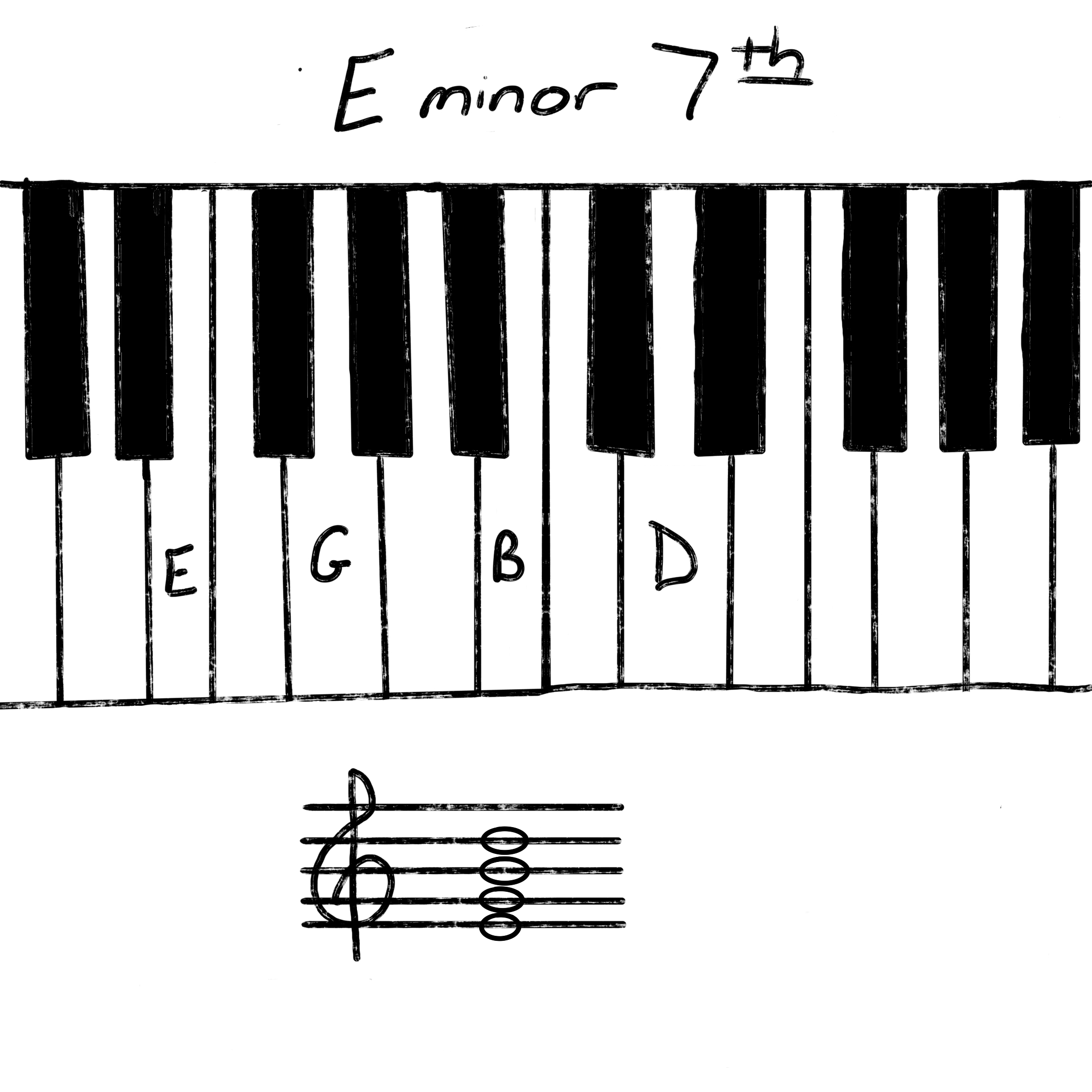
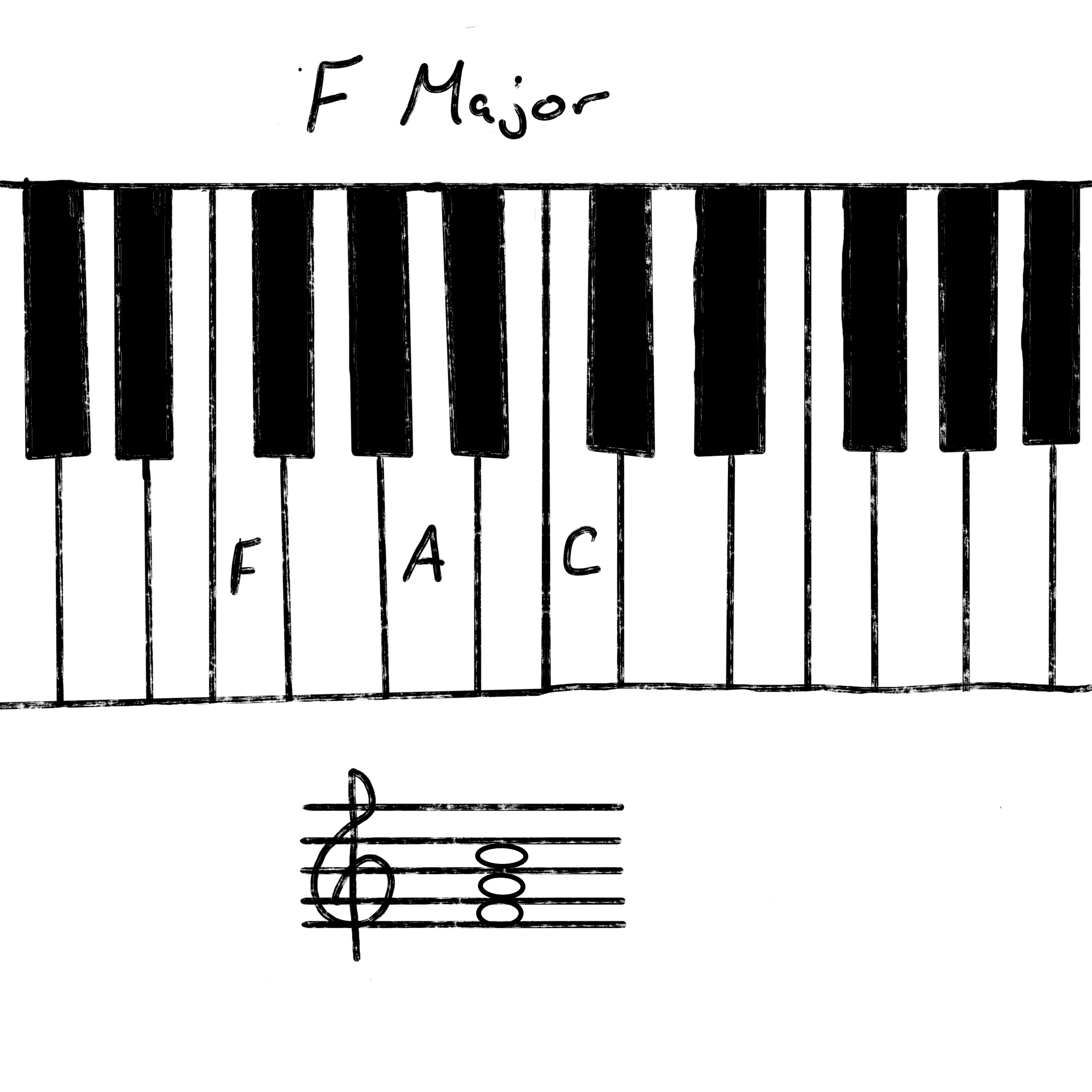
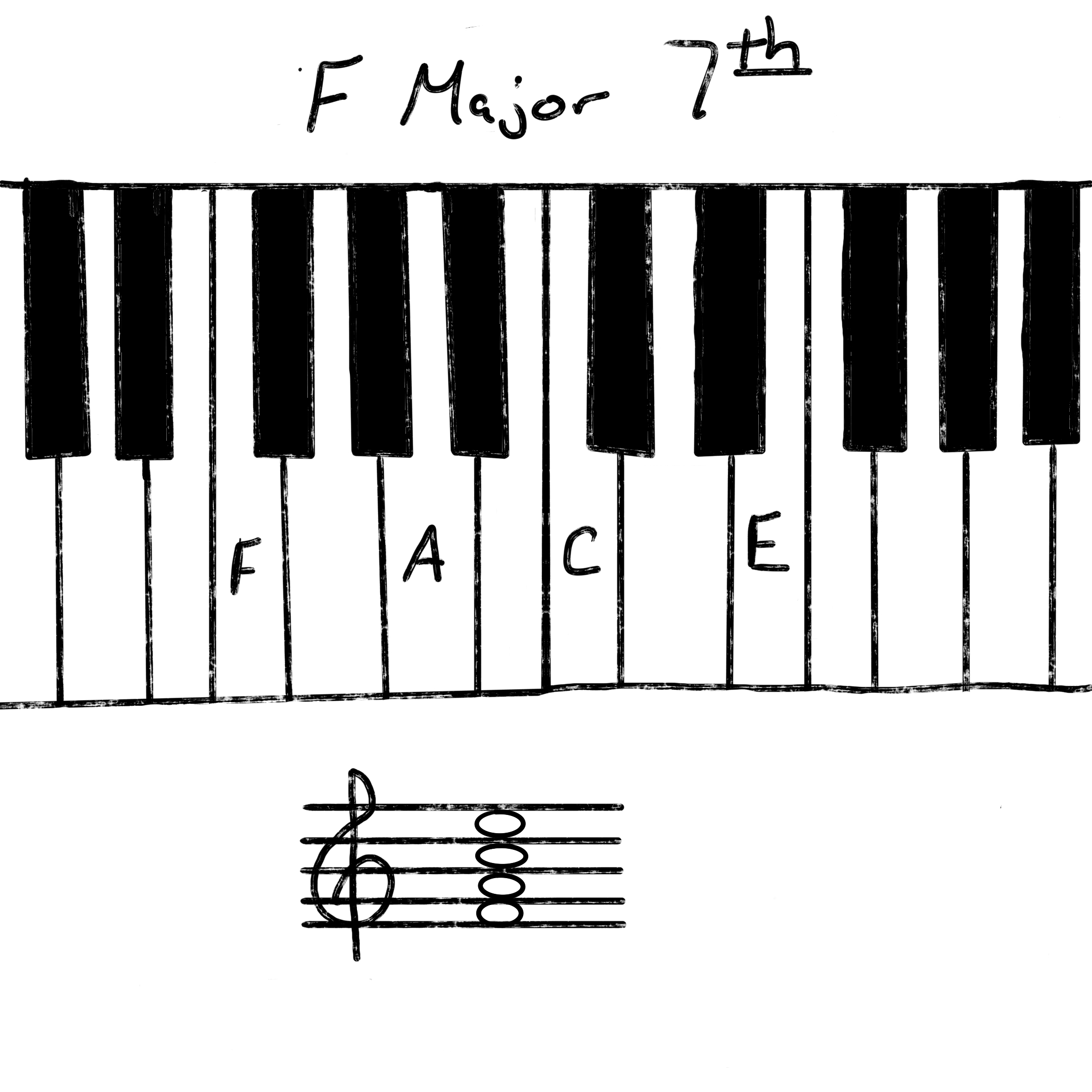
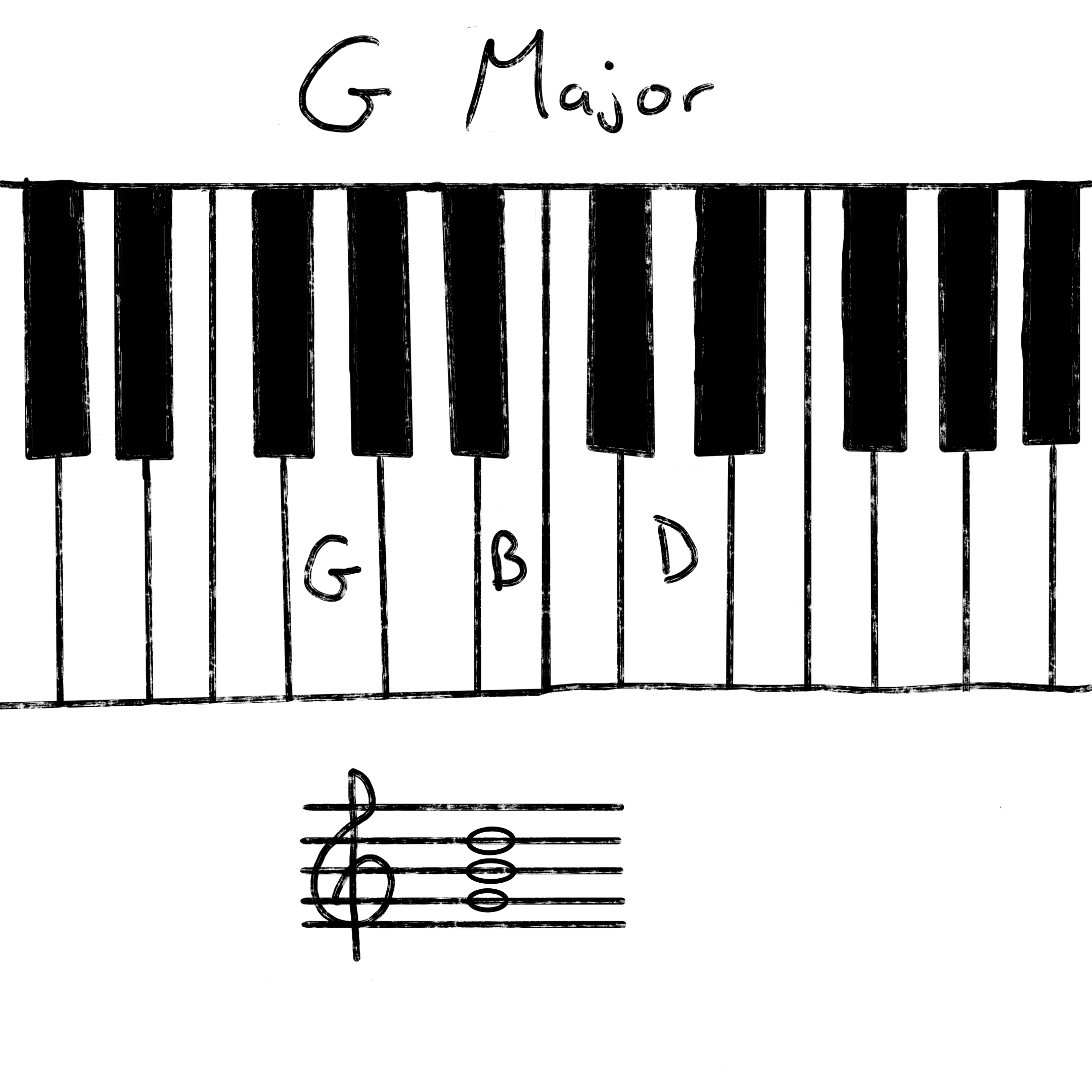
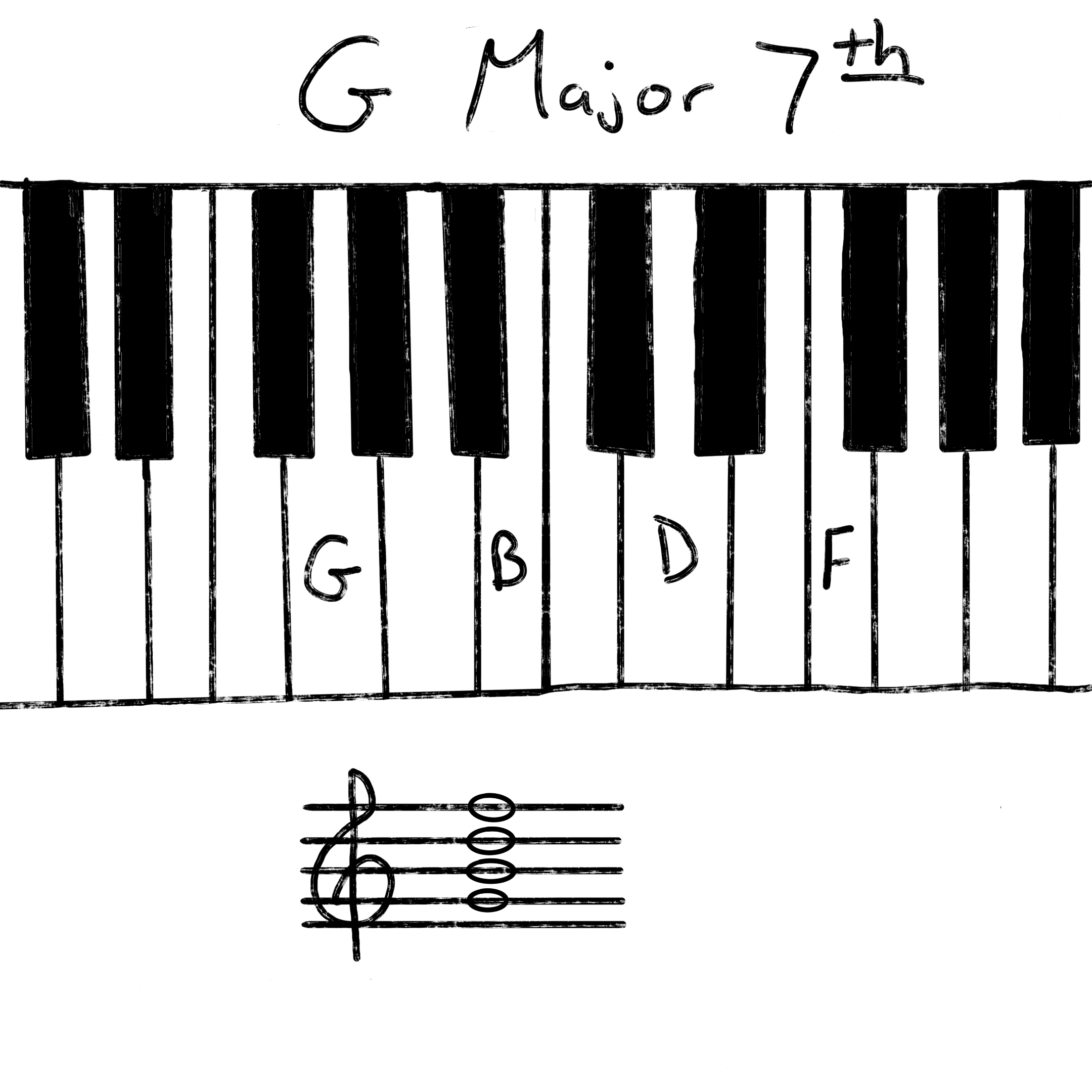
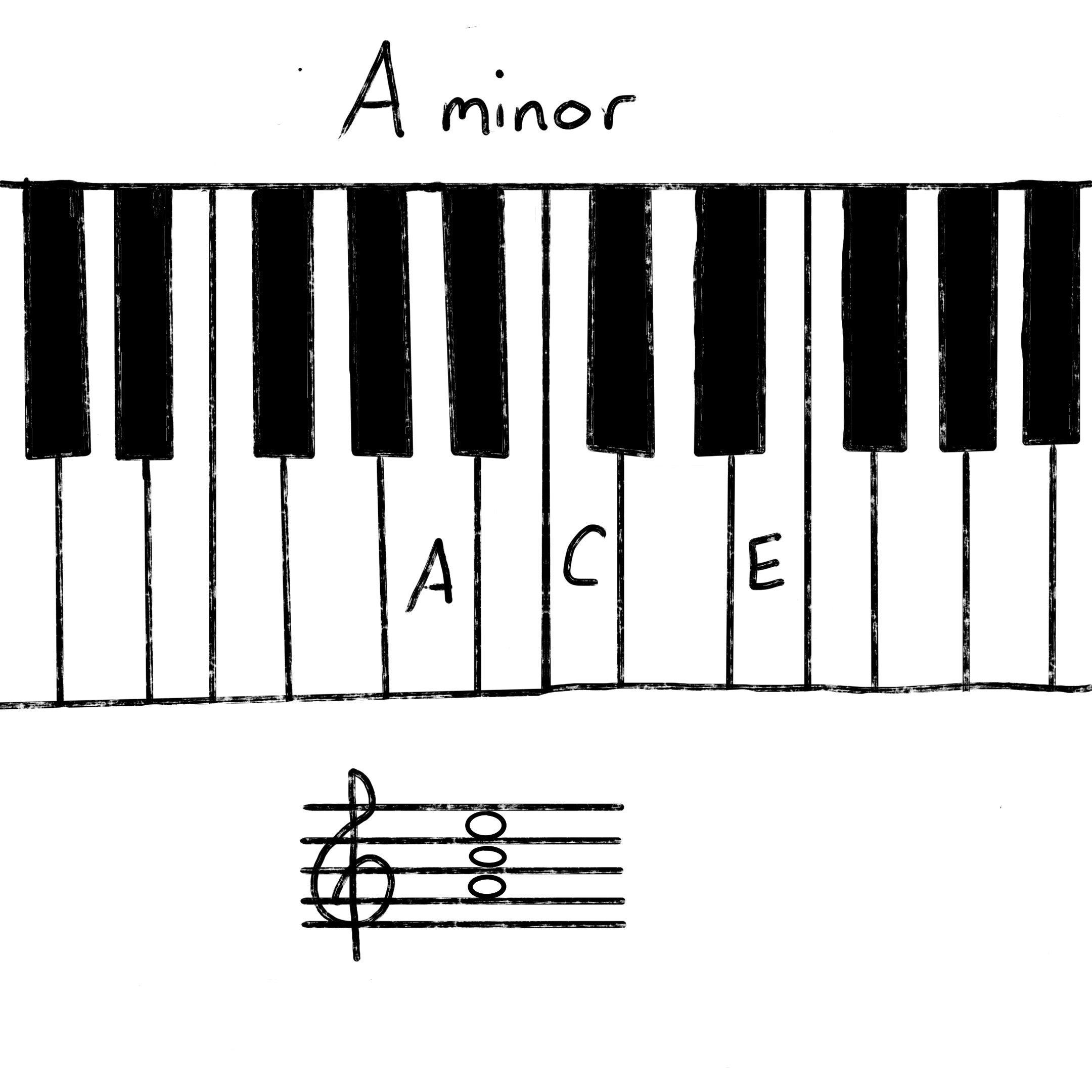
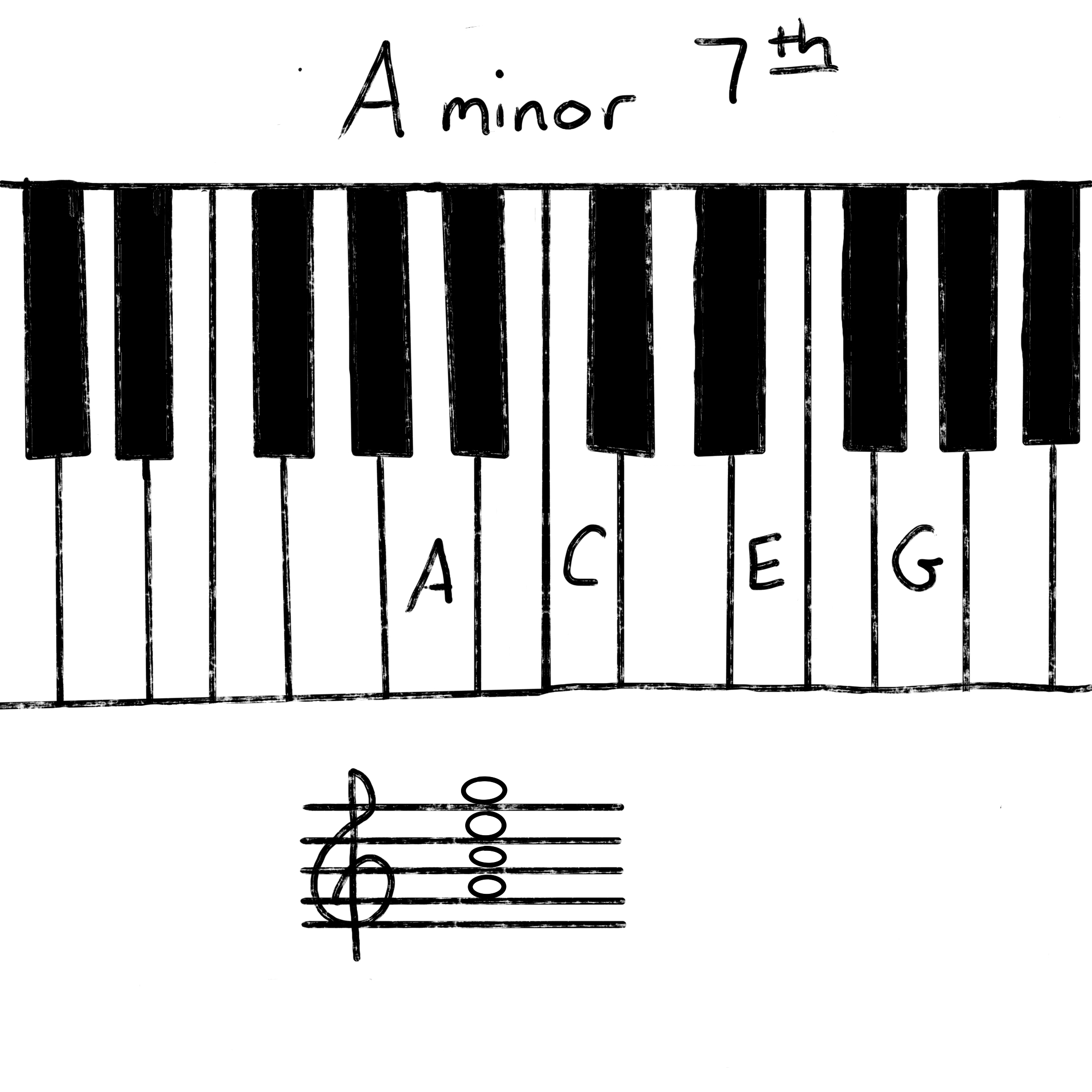
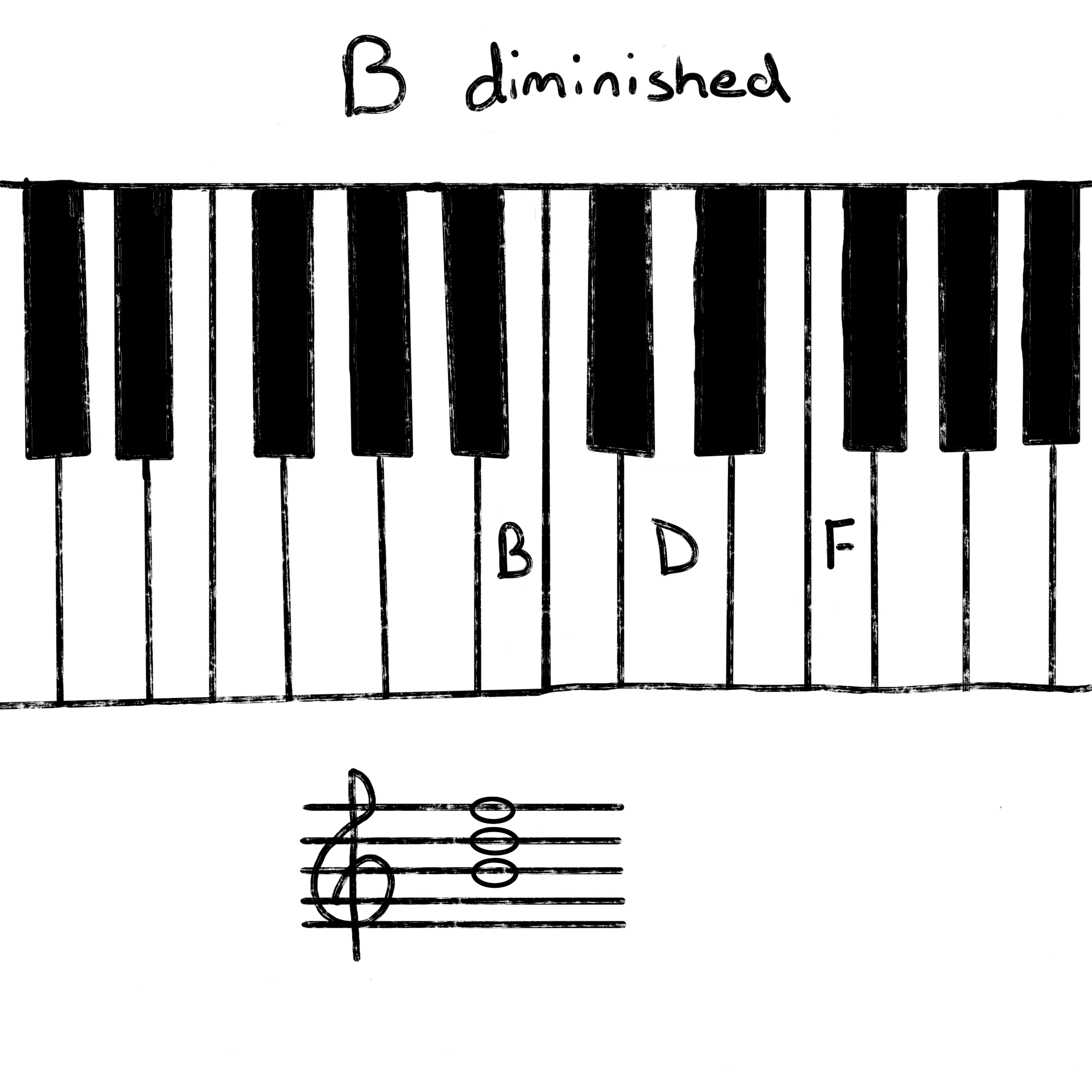
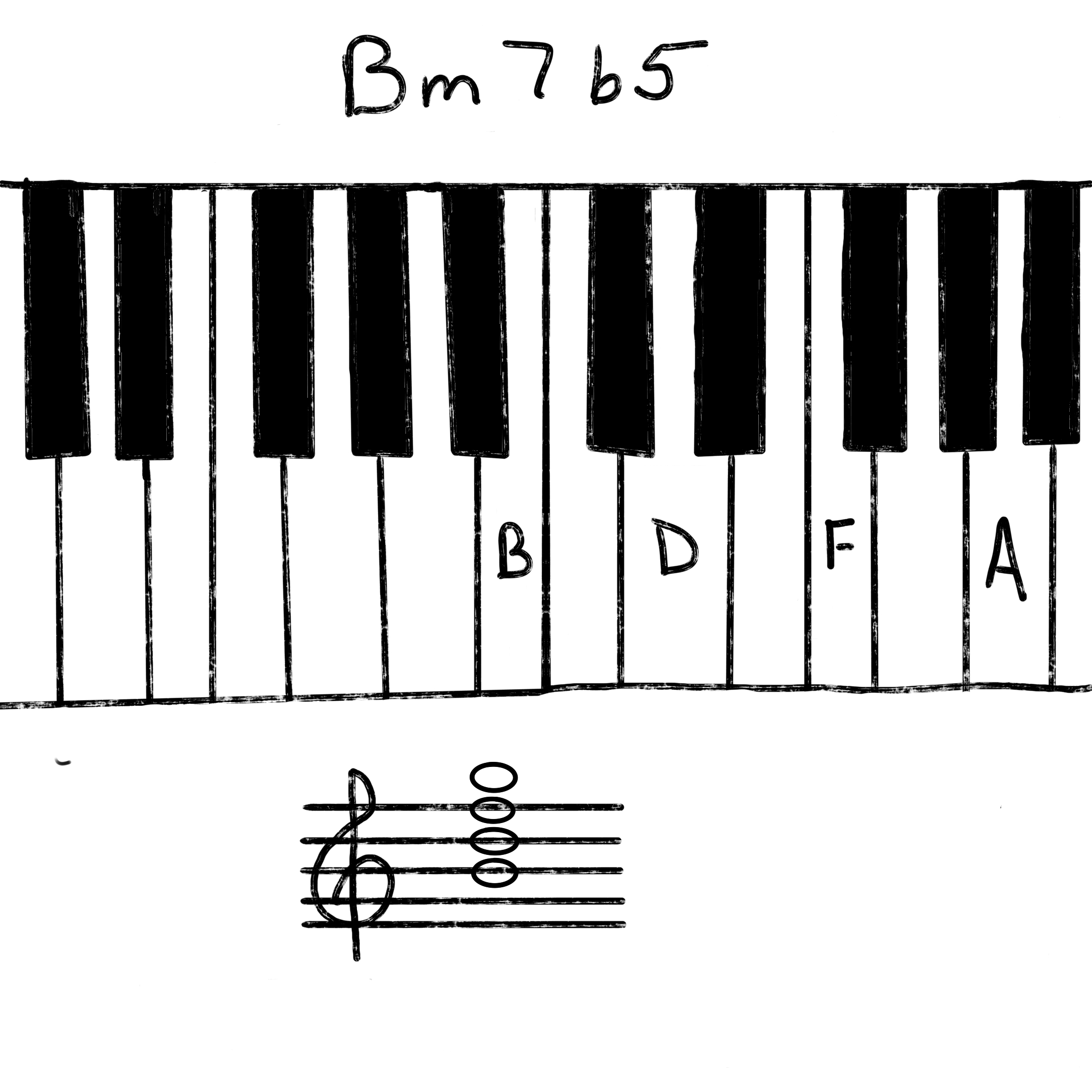
Inversions
Inversions aren’t nearly as intimidating as they may sound. To put it simply, all you need to do is play the chord notes in a different order. For example, the C major chord first inversion is C – E – G. If you want to play the second inversion, you would play E – G – C; with the C note being in the octave higher than the E and G. To play the third inversion, you play G – C – E, with the C and E being the next octave above the G.
| Inversion | 1st | 2nd | 3rd |
| Chord Formula | C – E – G | E – G – C | G – C – E |
Modified Chords
Before we can learn to add or suspend chords, we must first know how we get the numbers in the chords (add4, sus2, etc). Starting at C, look at your keyboard and move to the right two full octaves; assigning a number to each note as you go. For example, middle C = 1, D = 2, E = 3, etc). These numbers go all the way up to 13.
We now know to build a major triad chord you use the I – III – V formula. For add and sus chords, we will either build onto or substitute notes within that formula.
add Chords
These chords are the easiest to build. You are literally just adding a note into the chord. So, for example, if you want to play a Cadd2 chord you would take the original triad formula, I – III – V (C – E – G), and add in a II (D). So your new formula is I – II – III – V (C – D – E – G). Easy as that!
It may be a bit confusing when you start seeing things like add9 and you realize it’s the same note as an add2. All that means is you play the note in the next highest octave. Using the example above, instead of C – D – E – G for a Cadd2, we would play C – E – G – D for a Cadd9.
That same concept applies for add4/add11 and add6/add13. You do not often see add6, but it can happen. Often times you will see it with a 9 labeled like C6/9; which would look like C – E – G – A – D.
sus Chords
Suspended, or sus, chords are easier to understand if you look at them as substitutions notes. In sus chords, you always drop the III note and substitute it for the sus number you intend to play.
For example, if we want to change a C major triad, C – E – G, to a Cadd2, we simply drop the III (E) and substitute a II (D) instead.
The same principle applies for sus4, as well. Seventh notes sound really nice when combined with sus chords. To play them, you use the same formula but add in a VII note. Using the C major chord example, the formula is C – D – G – B.
The C Major Scale
If you are curious to what the C major scale looks like on a music staff, here it is on a music staff as well as on the keyboard..
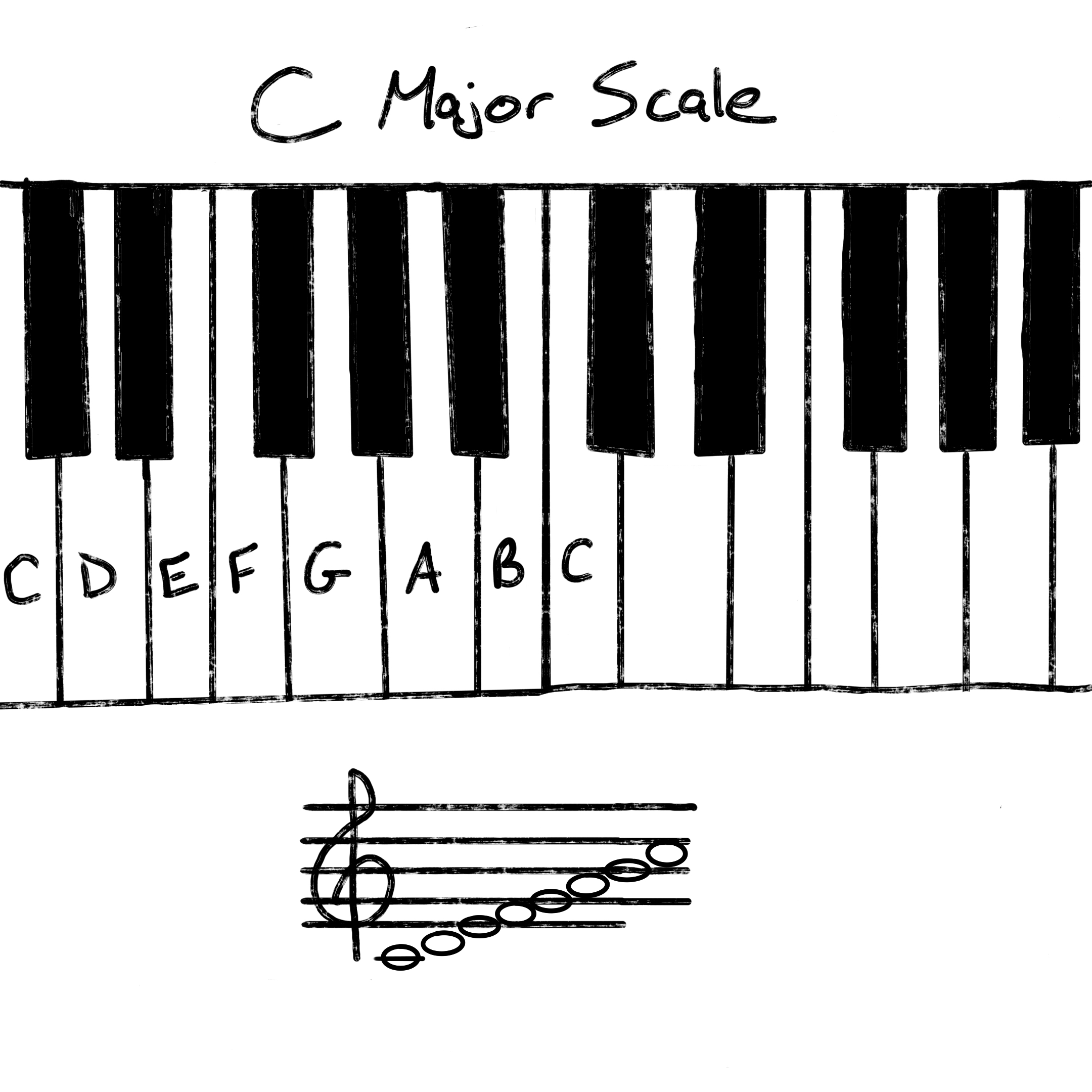
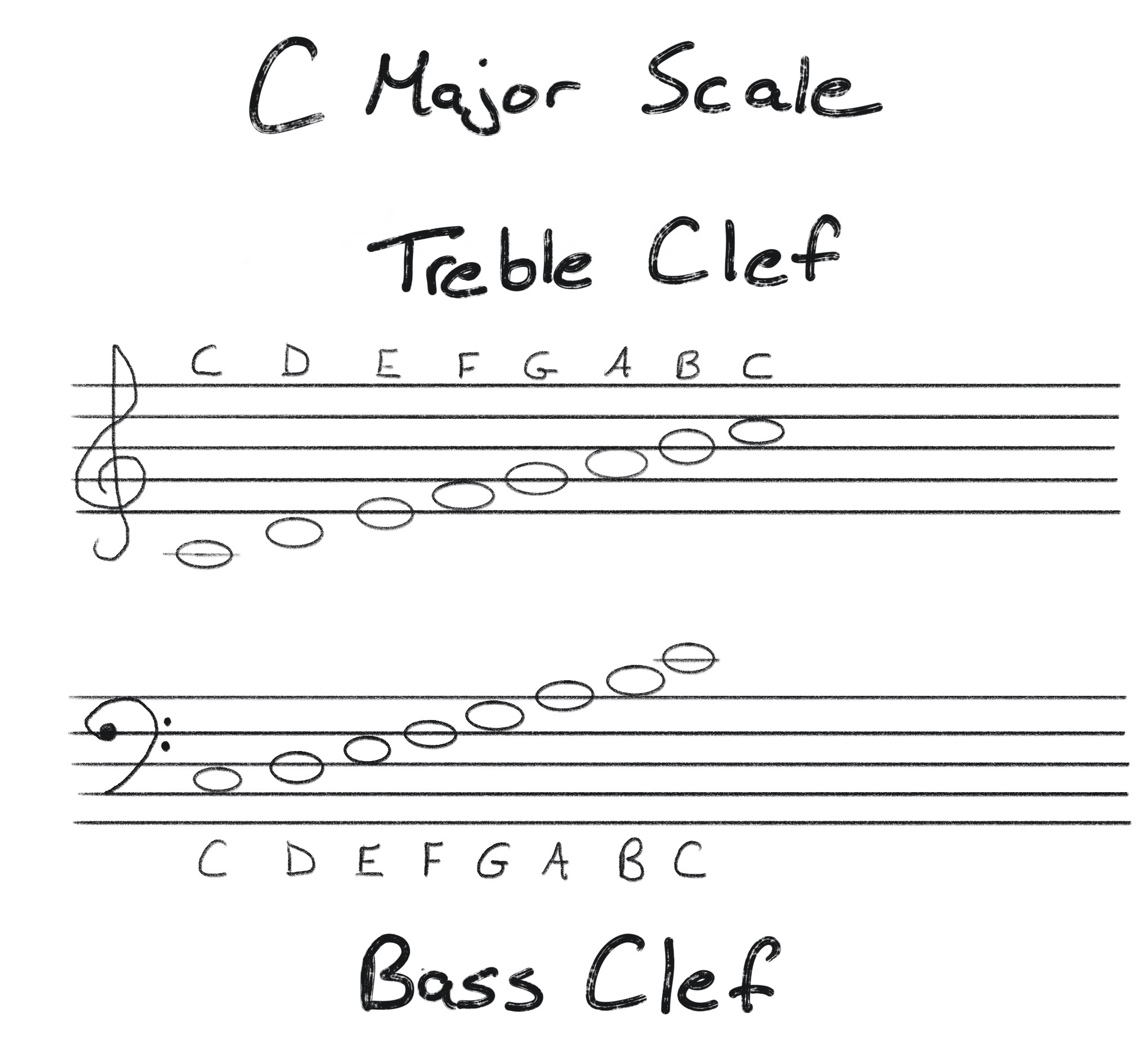
Songs In The Key Of C
There are literally thousands of songs written in the key of C. This list barely even scratches the surface.
- *NSYNC – Tearin’ Up My Heart
- The Animals – House of the Rising Sun
- The Beatles – Let It Be
- blink-182 – All the Small Things
- Blue Öyster Cult – Don’t Fear the Reaper
- Jeff Buckley – Hallelujah
- Fleetwood Mac – Dreams
- Foo Fighters – The Pretender
- fun. – Some Nights
- Michael Jackson – I Just Can’t Stop Loving You
- Jay‐Z – Heartbreaker
- Billy Joel – Piano Man
- Kansas – Carry on My Wayward Son
- Lady Gaga – Bad Romance
- Led Zeppelin – Stairway to Heaven
- John Lennon – Imagine
- Bruno Mars – When I Was Your Man
- R.E.M. – Losing My Religion
- Red Hot Chili Peppers – Californication
- Rihanna – Stay
- The Rolling Stones – Miss You
- Carly Simon – You’re So Vain
- Ritchie Valens – La Bamba
- Bill Withers – Ain’t No Sunshine
Wrap Up!
Learning chords is the quickest way to give your playing a much fuller sound. In no time you should be able to figure out how some of your favorite songs are played as well as write your own.
Good luck and happy playing!